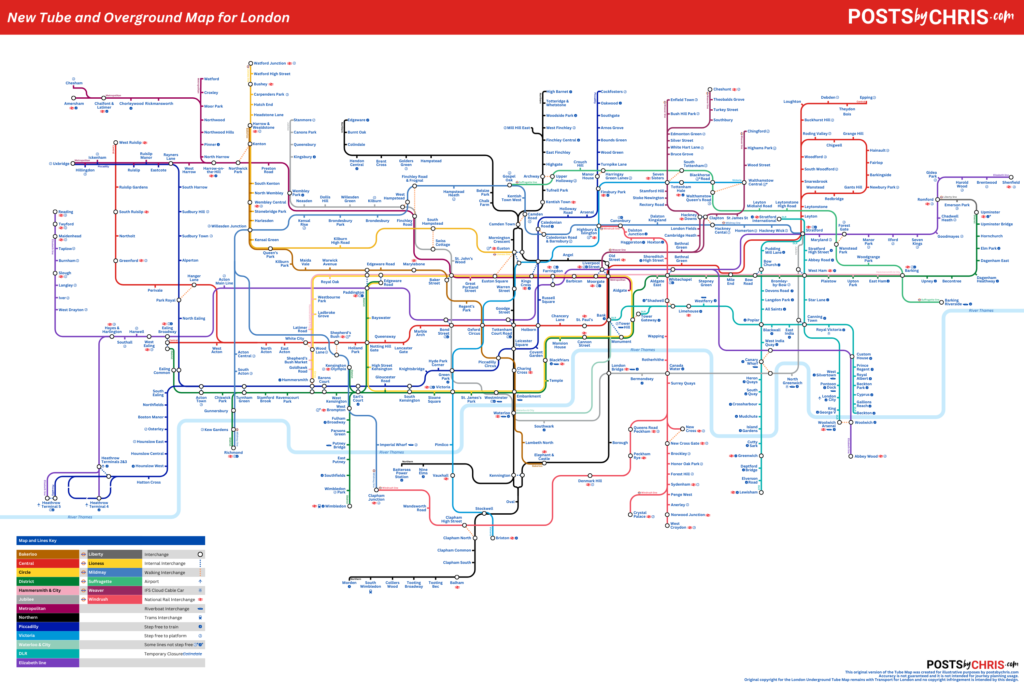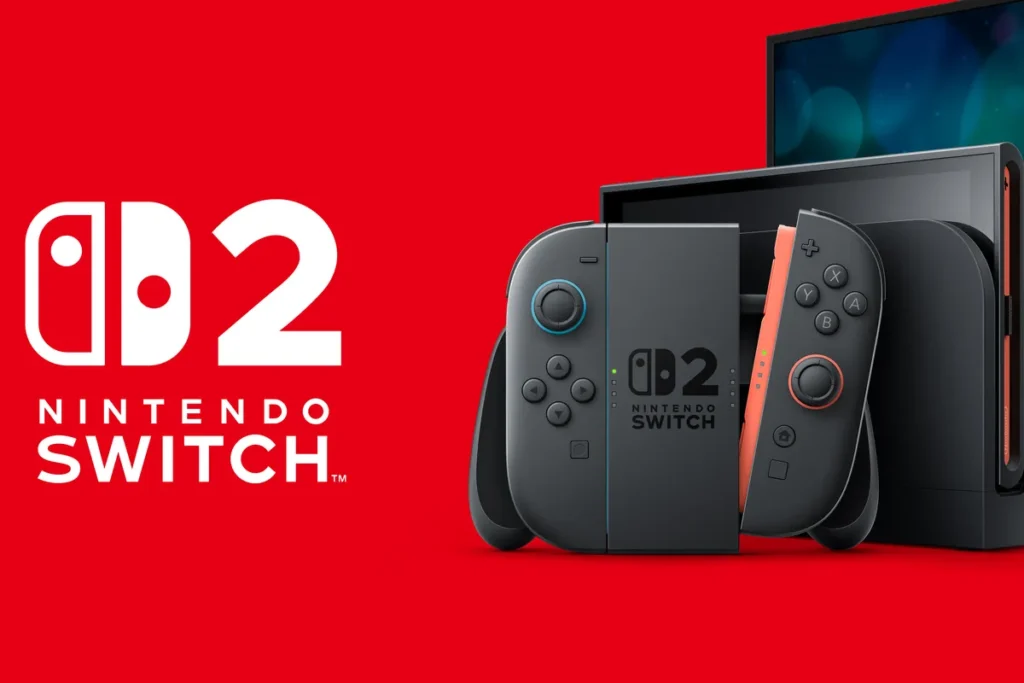Twitter was a bit of an odd concept when it first launched – a social network where you could only post text a paltry 140 characters at a time? Who in their right mind would be in to that? Well, turns out – quite a few people. Twitter (or Twttr as it was originally known) launched back in 2006 and grew fast – with 100 million users by 2012, and an estimated 400 million users in 2024. Of course, over time there have been a number of changes to the platform. Users are no longer restricted to just 140 characters, and they can add rich content such as photos and videos to their posts as well as polls, links and more. Twitter became more than a simple social network – it became a news gathering and dissemination platform, local and national governments used it to share updates with their citizens and brands used it as customer service contact points. Twitter could do no wrong, and was unstoppable – until it did, and it wasn’t.
See, in 2022 after a bit of back and forth, Elon Musk purchased Twitter for a cool $44 billion. After purchasing the site, Musk has made several changes:
- Took the previously public company private
- Drastically reduced the companies headcount
- Changed the verification system to allow a “pay to play” approach
- Rebranded the platform as X
- Started to boost his own posts to users across the platform
Prior to the takeover, in April of the same year, Musk had posted about the importance of political neutrality on the platform:
For Twitter to deserve public trust, it must be politically neutral, which effectively means upsetting the far right and the far left equally
— Elon Musk (@elonmusk) April 27, 2022
However since the change in ownership, X has been anything but. The platform has had numerous challenges with researchers claiming there was a drastic rise in hate speech, advertisers left the platform in large numbers and the “politically neutral” platforms algorithm was found to prefer posts by Musk and Republicans. Musk himself has been accused of boosting conspiracy theories on the platform and back in July of this year backed Donald Trump to be President before spending upward of $200 million to support his re-election.

Naturally, a combination of some or all of the above has left users seeking out a new home online and many platforms have hoped to become the “next Twitter”. Mastadon, Threads and Bluesky would be the big three that have sought to fill the gap.
The new players

Mastadon was an early competitor, launching back in 2016. As of today, Mastadon has around 10 million users, of which approximately 1 million are considered “active”. Mastadon launched as an early decentralized platform, meaning that it doesn’t live on any one server and instead lives on many independently operated ones – ensuring one person or organization doesn’t have the ability to exert overall control on the platform. Mastadon utilizes the ActivityPub standard allowing it’s users to federate (share) content with users on other ActivityPub capable platforms (including Threads, eventually).

BlueSky is unique among the third parties in the fact that it actually began in 2019 as an internal experiment at Twitter, before becoming an independent entity in 2021. As with all of the platforms, exact user numbers are a little hard to come by but it appears BlueSky currently has around 20 million users (and they claim to have recently been adding as many as 1 million users per day). BlueSky was always intended to be a decentralized platform but instead of using the ActivityPub standard they use the AT Protocol.

Threads is the newest platform of the three and is owned by Meta (who also operate Facebook and Instagram). Launching mid-2023, exact user numbers are hard to come by but in a recent post on the platform by Mark Zuckerberg he claimed that Threads has 275 million monthly active users. While it is a closed social network – similar to X – Threads is in the process of rolling out ActivityPub integration (though has not fully completed their work on this as yet). Threads is unique in requiring users to have an Instagram account in order to create an account on the platform and initially leveraged this to quickly give people a base of users to follow.
The journey to now
When people first began leaving Twitter en-mass, Mastadon was an early beneficiary, adding nearly 2 million users in the two months after Musk purchased the the website. However, growth and engagement have since slowed significantly with new users largely plateauing in the latter half of 2023. There are certainly a few reasons for this – one of which was likely that there was a bit of a learning curve involved in getting started. When creating an account you didn’t just need to pick a username, you also needed to pick a “server” to set up on. When tagging users in posts you didn’t just need to know their username, you needed to know their server too (for example, if you were tagging me in a post you’d type @postsbychris@mastadonapp.uk). There’s no real “front page” experience – the app feed defaults to either showing accounts you already follow, or posts on your “local” server (thats the @mastadonapp.uk part of my username) – meaning people outside of your server or following list just don’t show at all. All in all, I personally found the experience of using Mastadon quite clunky and in general, not very user friendly. I posted on there a handful of times but found engagement to be non-existent (presumably down to the difficulty in discovering content) and the process of finding people to follow too complex.
Threads was a little late to the party launching in 2023, but experienced rapid growth thanks in part to its tight integration with instagram and (by extension) facebook. Users were able to set up an account and automatically follow everyone that they already followed on instagram with only a couple of button presses, massively cutting down on the amount of work needed to get going with the new service and meaning that new users pretty much already had a “for you” feed full of content. Furthermore, there’s no “servers” on threads – all you need is someones username (for example, @postsbychris) and you’d be able to find their profile and posts. Engagement is very strong on Threads, with many of my posts netting multiple replies and likes (even the less interesting ones) and Threads are currently in the process of rolling out “custom feeds” to allow users to better curate their home page and see more of the content that they like. One failing of threads is their sloppy integration of hashtags (which of course originated on Twitter) – you can only use one hashtag per post (which becomes a clickable link and doesn’t even show the # symbol in front of it) and there’s no real perceived benefit to using a hashtag as clicking a hashtag just takes you to search results for the word anyway.
However, Threads has struggled heavily with moderation. Back in July, myself and a number of users got themselves shadow-banned for simply using the app as intended and then a month or so back many users found that some kind of automated moderation was at work on the platform in an overly aggressive manner. A whole lot of people earned themselves temporary bans or had their posts pulled for using the word “cracker” (in a non-racial “hey look this is broken” context) and the problem became so serious that Adam Mosseri (head of instagram) felt the need to comment on the situation:
View on Threads
That good news is that he addressed the issue – the bad news is that it took nearly a week of radio silence for him to do so. Fortunately, or unfortunately depending on which side of table you’re at – BlueSky was ready to receive users who felt burned by the controversy. BlueSky, despite existing since 2019, didn’t really see much in the way of growth until relatively recently when threads and X users deciding to try something new post-US election and joined the service. Just yesterday the Bluesky team posted (ironically, on threads) that:
View on Threads
BlueSky as a service is, well, fine. If you want twitter pre-Elon Musk, this is about as close as you’ll get to that. The site functions well and has all of the features you’d expect to find. Discovery of content is pretty straightforward with a “discover” feed on the front page and user profiles give you a little more customization than threads does. Where I have found it falls down is in engagement. My posts on threads see many times more likes and comments than anything I have (so far) posted on BlueSky, and I don’t seem to be alone in that regard.
Now generally speaking I’m all for competition – it helps drive innovation, keep costs low (where applicable) and keeps corporations (slightly more) honest. But when it comes to microblogging, it doesn’t really work. See, the problem is that a twitter-like service only really works well when a bunch of people decide to post in the same place, at the same time. The fragmentation of the segment at the moment has inadvertently created an “X vs. Everyone Else” situation due to the fragmentation of the market.
So what now?
In an ideal world, we’d collectively decide to do one of two things:
- Choose a platform and just… stay there
Everyone being on one platform would mean that you don’t have to jump from one service to another just to keep on top of the latest goings on (whether you’re following your friends, a brand or a government agency) but would likely give undue power and influence to one platform. This is what happened with Twitter for the longest time – people stuck it out because there was no real competition – eventually the problems got so great that people jumped ship regardless. Realistically Threads is probably the only platform that could currently support a mass-exodus of users from other platforms. - Make decentralized microblogging the standard… and pick one standard
People using different services to post is only an issue when they become “islands” of users with no interaction between them. Both ActivityPub and the AT Protocol have noble goals when it comes to allowing users to interact across platforms but they aren’t particularly user-friendly and the idea of “picking a server” is a little jarring to less tech-savvy users. Additionally, the fact that there’s more than one competing standard kind of means we haven’t really solved any problems at all – we’re still using separate services using separate apps.
As an end user, I don’t necessarily have the perfect answer to all this. What I will say though is that the constant search for the new twitter is getting tiring. You get all set up one place and then suddenly everyone’s talking about the next place. One of the nice things about Twitter was that everyone was just happy to be there. Of the three services, thus far I’ve been most happy with Threads – by a LONG way. Engagement on the platform has been really strong, and the large user base keeps my “for you” feed fresh and mostly interesting. While engagement farming was an issue for a while, things seem to have mellowed out a little recently with most content I’m seeing feeling organic and legitimately interesting. Content moderation, while a little heavy handed, is still an important and welcome thing. Threads feels like “home” in the same way that Twitter did back in the day and I’m hopeful that with time Meta will continue to thoughtfully expand functionality and create a place where all voices can be heard.
All in all, I’m happy where I’m at right now – but I’d be interested to know what you think! Feel free to leave a comment below and let me know which platform you prefer – or if you have ideas for what would make them better.
If you’d be so inclined, you can find me on Threads @postsbychris or on BlueSky @postsbychris.com






[…] Update:I went ahead and tried making my own Tube map! You can take a look and read my thoughts…